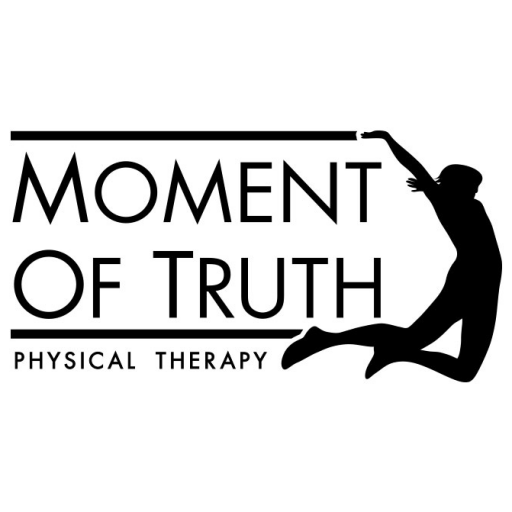So thinking of your torso like a big balloon, inhale, pulling your air down into your belly and pelvic bowl. Then as you exhale, let the belly drop back towards your spine and the pelvic floor rise back up to neutral. I often recommend that clients do this laying down to be most relaxed while they get used to it but then to do it seated and standing as well. Each position offers different benefits. Seated can allow for some feedback from the surface you’re sitting on and is an introduction to gravity for the pelvic floor muscles. Standing allows us to notice our breath and move, which is a great precursor to exercise. This is also slightly more advanced for working against gravity and combining with movement. If you have any concerns about your breath, whether you’re breathing efficiently, if you’re connecting with your core adequately for the type of exercise you do or anything else, please don’t hesitate to call us for a free discovery session!
These videos are meant to be educational and instructional. They are not able to diagnose or treat a specific issue and are definitely not a substitute for a professional evaluation.



0 comments